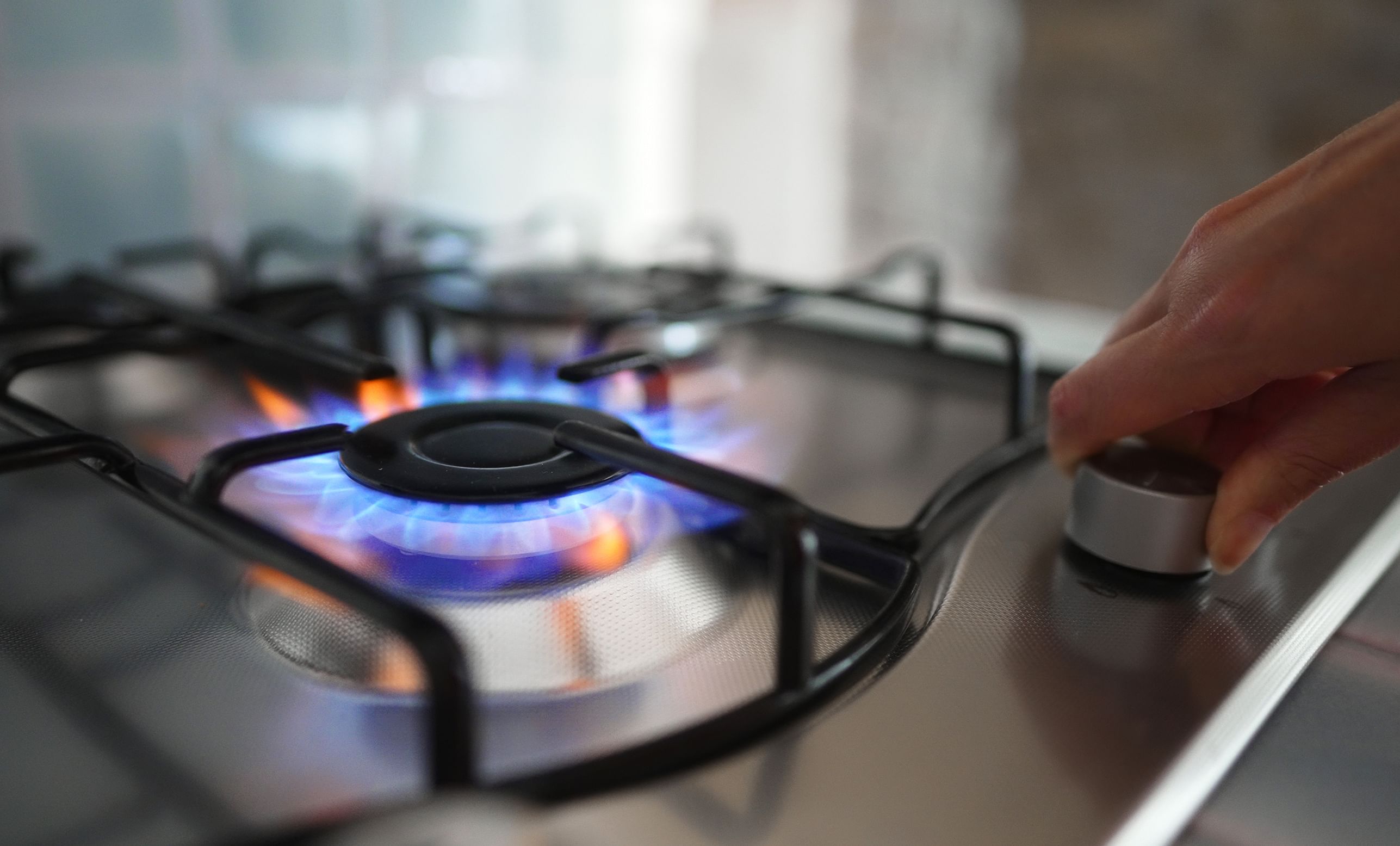
Apr 15th, 2025
The Evolution of Gas Bans: Where We Were, Where We Are, and What’s at Stake
By: Nichole Fandino
For decades, natural gas has been a mainstay in American homes, powering everything from stoves to heating systems. However, concerns about indoor air quality, energy efficiency, and climate change have fueled a push to phase out gas appliances, particularly in new construction. Cities and states across the U.S. have introduced policies restricting or outright banning natural gas in new buildings, but these initiatives have faced legal and political challenges. Where do these bans stand today, and what do they mean for consumers?
A Brief History of Gas Bans
The movement to phase out natural gas gained traction in the early 2020s. Berkeley, California, became the first U.S. city to ban natural gas hookups in new buildings in 2019, citing climate concerns. This sparked a wave of similar policies in cities like San Francisco, New York City, and Seattle.
Legal and Political Pushback
Gas bans have faced resistance from multiple fronts. The natural gas industry, restaurant owners, and conservative policymakers have pushed back, arguing that such measures limit consumer choice, raise energy costs, and disrupt businesses reliant on gas cooking.
Legal challenges have also slowed implementation. In 2023, the U.S. Court of Appeals for the Ninth Circuit overturned Berkeley’s ban, ruling that the plain text and structure of the Energy Policy and Conservation Act (EPCA) preempts state and local building codes concerning the energy use of natural gas appliances. This included Berkeley’s building code, which prohibits natural gas piping into new buildings, effectively preventing appliances from using natural gas. On January 2, 2024, the Ninth Circuit denied Berkeley’s request for review by the full Ninth Circuit and the panel’s decision was reaffirmed. This decision cast doubt on similar bans in other cities.
In May of 2023, New York became the first state to ban natural gas by updating its building codes. These building codes require all-electric heating and cooking in new buildings under seven stories by 2026 and in 2029 for larger buildings. Four months after the law’s passage, a lawsuit sought to block it. Venued in the Northern District of New York, the suit is led by 13 plaintiffs, which include the National Gas and Propane Association and a series of small businesses and unions. Other states and cities are watching closely because if New York's approach holds up in court, it could provide a road map for future gas bans.
The Risks of Gas Stoves
Health and environmental concerns have been key drivers of gas bans. Studies have linked gas stoves to indoor air pollution, with emissions of nitrogen dioxide (NO₂), carbon monoxide (CO), and fine particulate matter (PM2.5) that can exacerbate asthma and other respiratory conditions. A 2022 study found that 12.7% of childhood asthma cases in the U.S. could be attributed to gas stove use.
Beyond health risks, natural gas infrastructure poses safety hazards. Gas leaks can lead to explosions, as tragically seen in numerous incidents across the country. Methane, the primary component of natural gas, is also a potent greenhouse gas, contributing to climate change.
The Rise of Induction Cooking
Induction stoves have emerged as a leading alternative to gas. Unlike traditional electric stoves, which rely on resistive heating, induction stoves use electromagnetic fields to directly heat cookware. This method offers several advantages:
- Efficiency: Induction stoves heat cookware faster and use energy more efficiently than gas or conventional electric stoves. When cooking with gas, about 60 percent of the energy is wasted, compared to just 16 percent with induction and 26 percent with smooth electric cooktops.
- Safety: Because the cooktop itself doesn’t get hot, there’s less risk of burns or fire hazards.
- Air Quality: Without combustion, induction cooking eliminates indoor air pollutants associated with gas stoves.
- Precision: Induction cooktops provide instant temperature control, often outperforming gas in responsiveness.
Despite these benefits, induction stoves remain more expensive, and switching from gas may require electrical upgrades in older homes. However, government incentives, including current rebates from the Inflation Reduction Act, aim to make electrification more accessible.
Where Are We Now?
With legal challenges complicating outright bans, cities and states have adjusted their strategies. Some jurisdictions are using building code updates and incentives to encourage voluntary transitions. Others are focusing on electrifying government buildings first, setting a precedent for wider adoption.
Public perception is also shifting. As awareness of health risks grows and more households experience induction cooking firsthand, demand for gas alternatives is increasing. Manufacturers are expanding their induction product lines, and utilities are investing in grid infrastructure to support greater electrification.
Looking Ahead
The debate over gas bans reflects broader tensions between climate action, public health, and consumer choice. While natural gas remains a fixture in many homes, its long-term viability is in question. As technology advances and policies evolve, the transition away from gas may become less about mandates and more about market-driven change.
Whether through bans, incentives, or public awareness, one thing is clear: the energy landscape is shifting. The question is not if electrification will happen, but how quickly and equitably it will unfold.